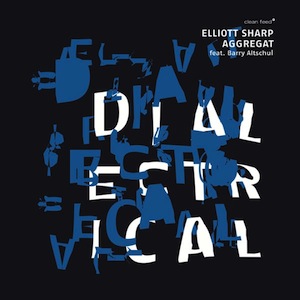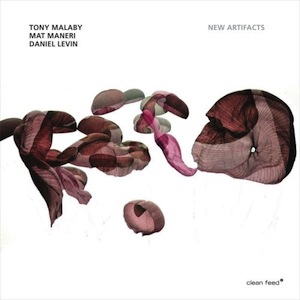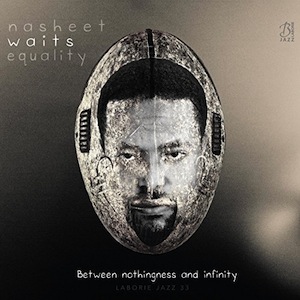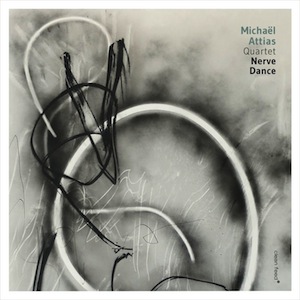Label/Year: Contagious Music, 2017
Lineup - Dayna Stephens: reeds; Brad Mehldau: piano; Julian Lage: guitar; Larry Grenadier: bass; Eric Harland: drums.
Dayna Stephens, a top saxophonist and bandleader with a knack for calm post-bop adventures and ballads, translates his gratitude to the world and to himself into a set of nine tunes (only one is original) that compose his eighth album as a leader.
To bring Gratitude to life, Stephens called the same illustrious musicians who had recorded Peace in 2004 - pianist Brad Mehldau, guitarist Julian Lage, bassist Larry Grenadier, and drummer Eric Harland.
After Stephens has been diagnosed with a grave disease, he started seeing life in a different manner and this recording transpires appreciation, celebration, and life itself in its most varied musical forms.
Built with warm, amiable tones, “Emilie” is gently Latinized by Mehldau’s thoughtful comping, effortlessly adhering to the rhythmic flow set by Grenadier and Harland. This version of Olivier Manchon's composition lies between a typical jazz standard and the richness of a Jobim’s tune, featuring animated sax-guitar dialogues by the end.
A soulful approach is reserved for both “In a Garden” and “Amber Is Falling (Red and Yellow)”. While the former, composed by pianist Aaron Parks, is a languorous ballad colored by Grenadier’s enlightened bass solo, the latter, written by vocalist/composer Michelle Amador, starts slowly but becomes rapidly enveloped by a positive energy, glimmering with Stephens and Mehldau’s fluid language and improvisational creativity. Harland is particularly stimulating here, exhibiting his rhythmic potentiality all along the way.
Lage’s “Woodside Waltz” combines pop, jazz, and folk through disciplined harmonic sequences and easy melodies.
In a sweet melancholy, “We Had a Sister” is a Pat Metheny celebrated song where Stephens plays EWI, pulling out this weird flute-synth sound of the instrument. The saxophonist switches to baritone in the drum-less version of Billy Strayhorn’s “Isfahan”, boasting a full, deep timbre over the crystalline voicings liberated by Lage’s electric guitar.
Stephen’s only original, “The Timbre of Gratitude”, draws a laudable coordination between all the musicians involved, yet it’s “Clouds & Clouds” that creates surprise through its modern trip-hop beats and cyclic synth trajectories saturated in color. On top of it, Stephens calmly formulates unclouded melodies with a pureness of intention.
Balanced and overflowing with awesome musicality, Gratitude will engage jazz fans in general since it lives from tradition and modernity alike. Regardless of which format the group may acquire, the proximity of the musicians and their huge synergistic sensibility lead to a beautiful work in all its subtlety.
Grade A-
Favorite Tracks:
01 – Emilie ► 03 – Amber Is Falling (Red and Yellow) ► 07 – Isfahan







































